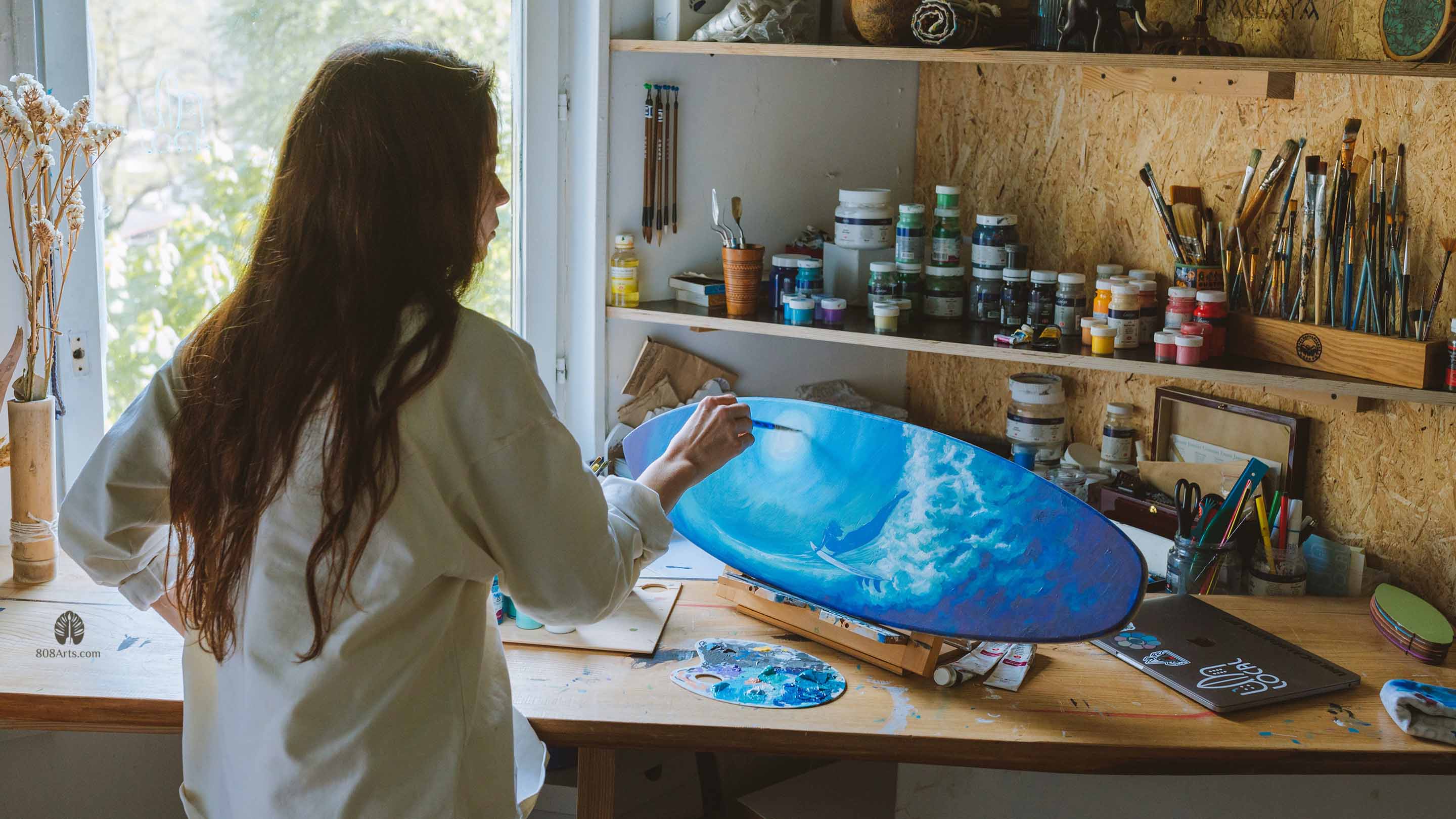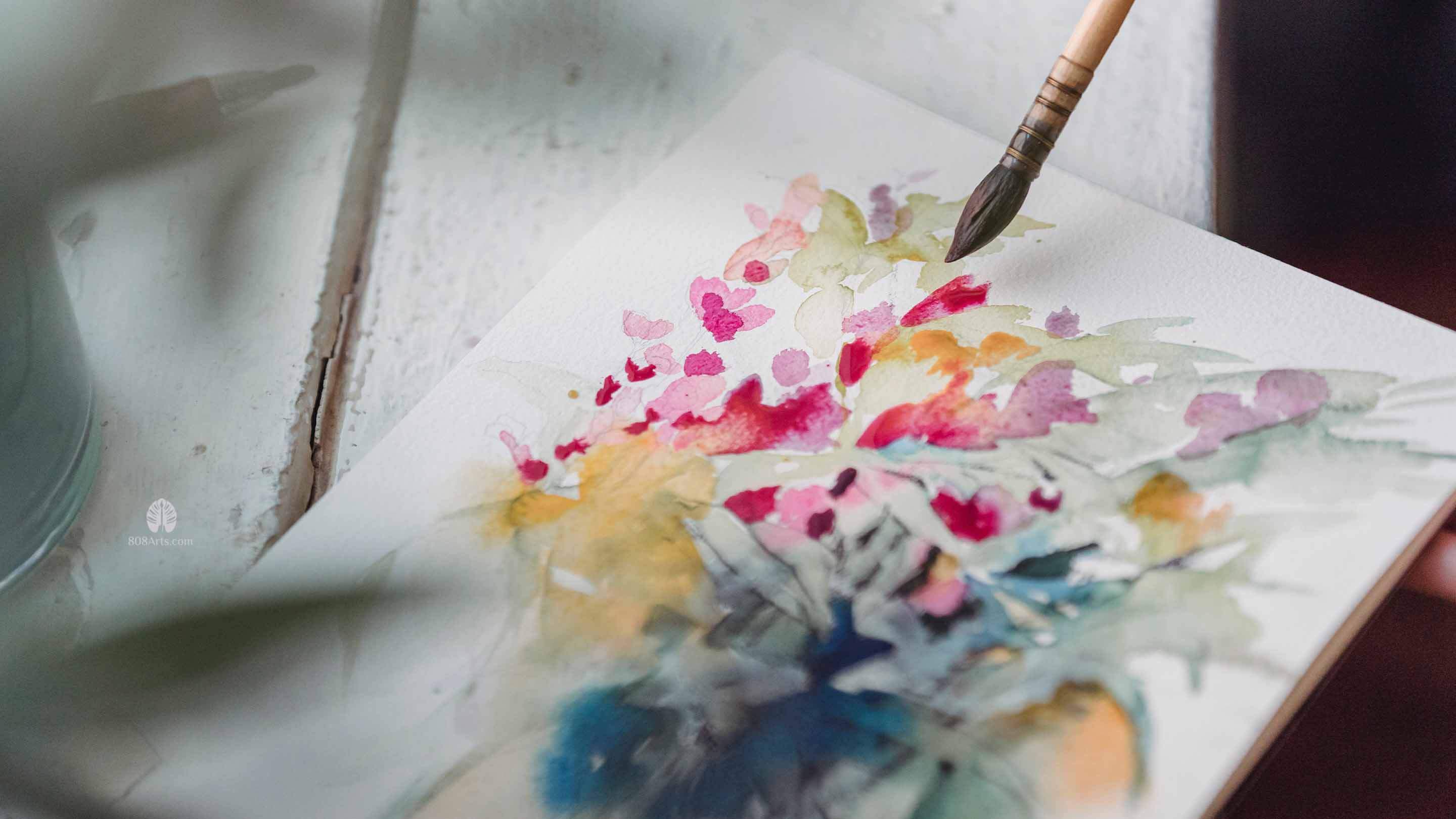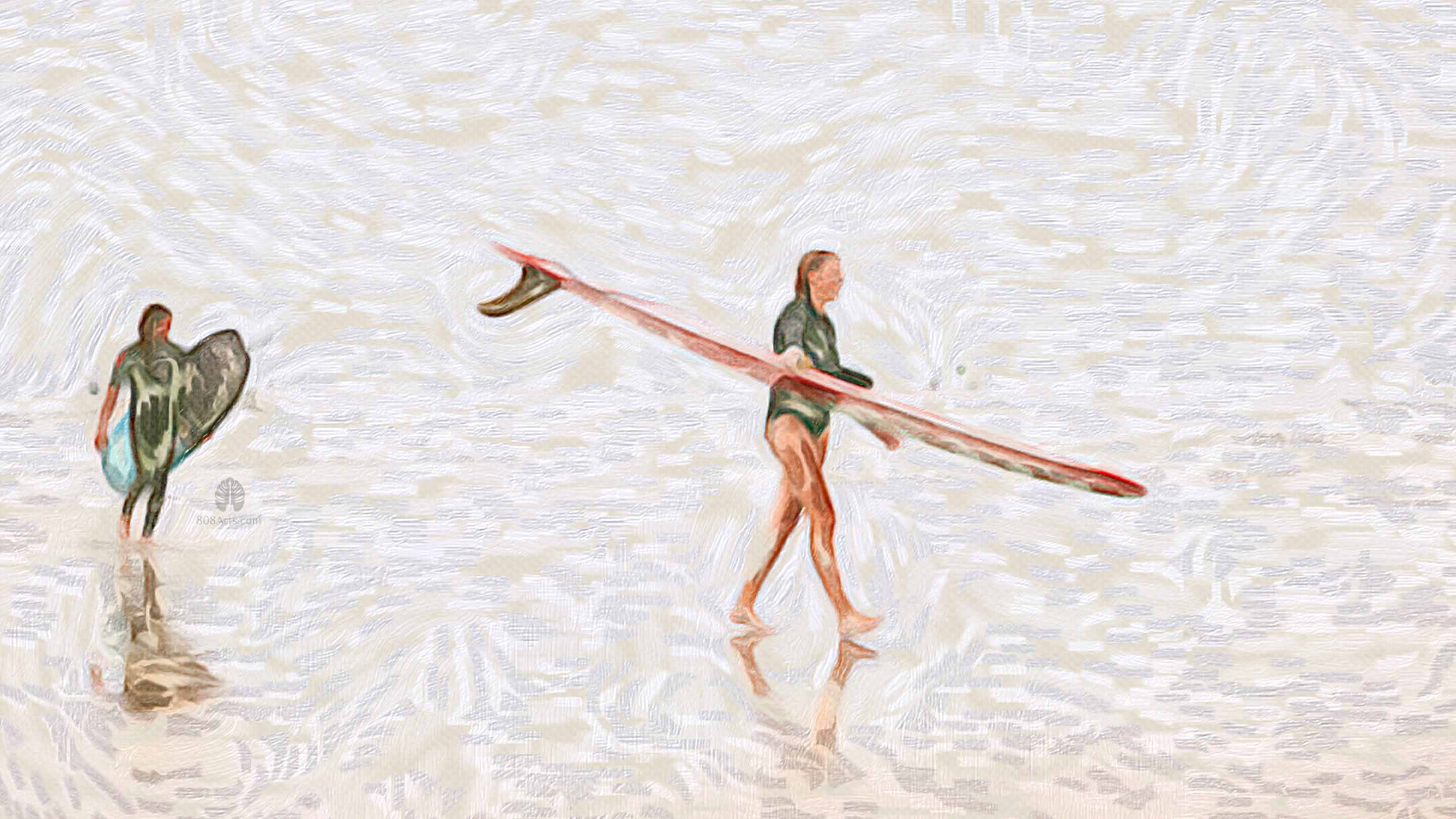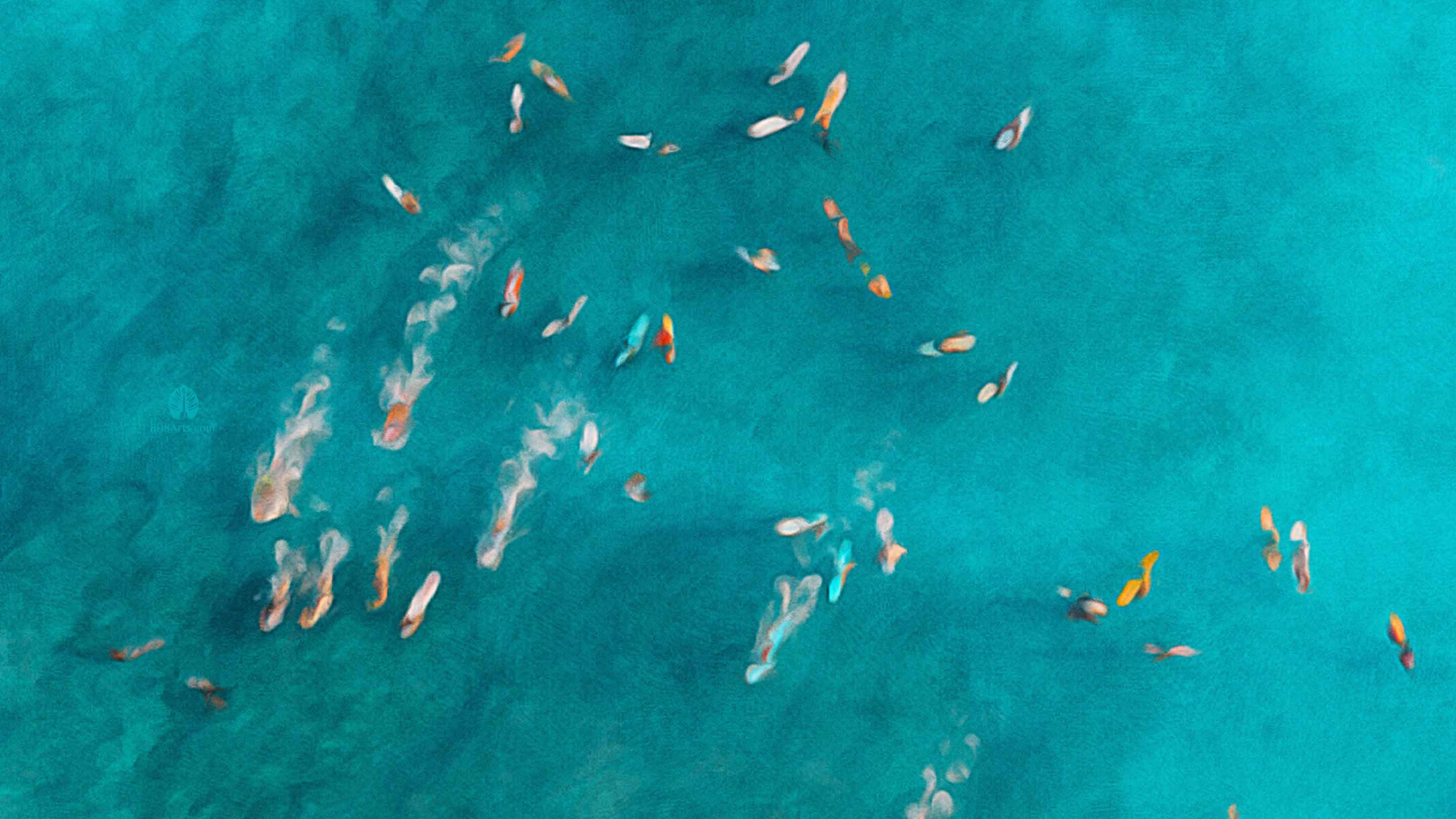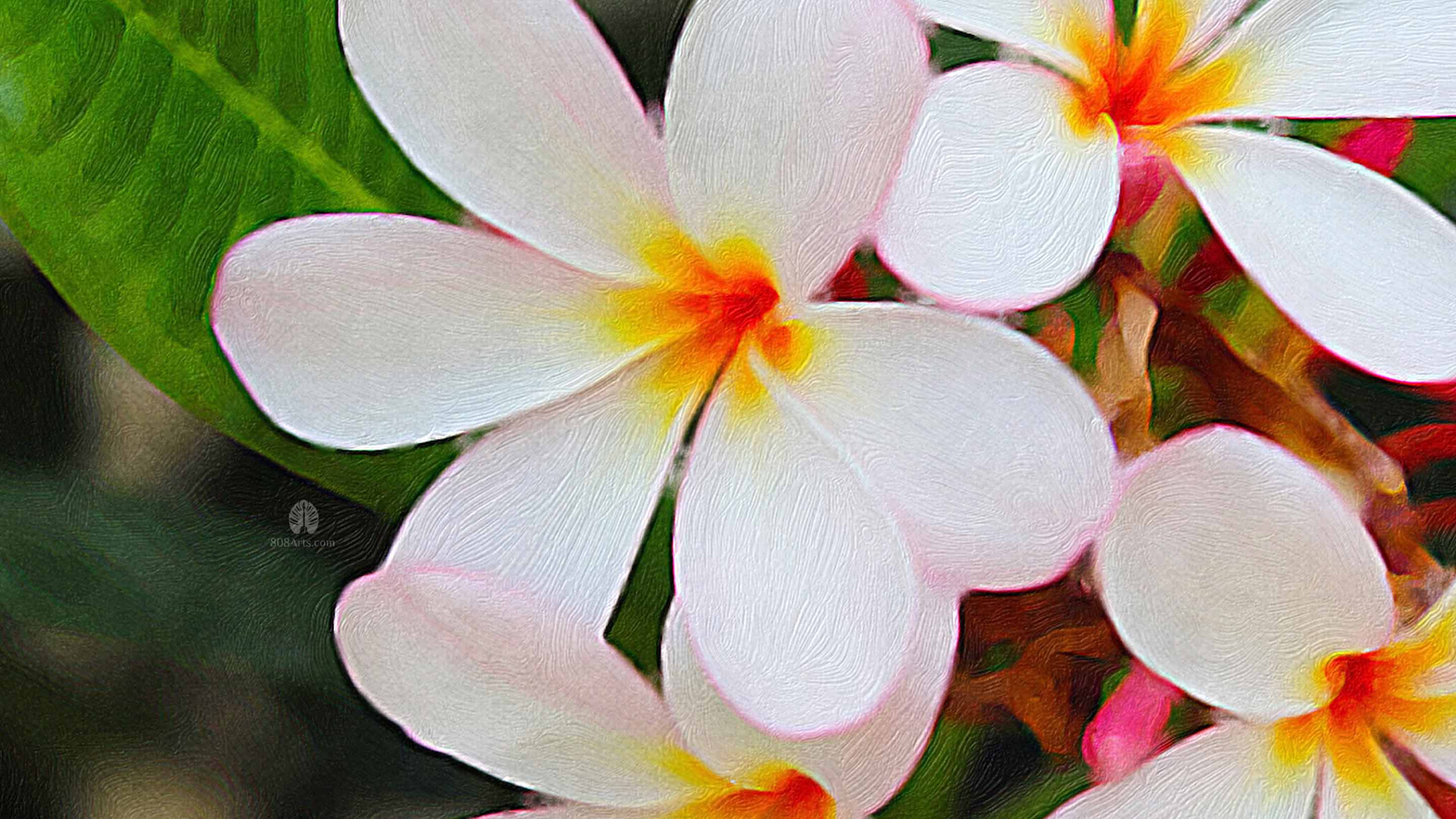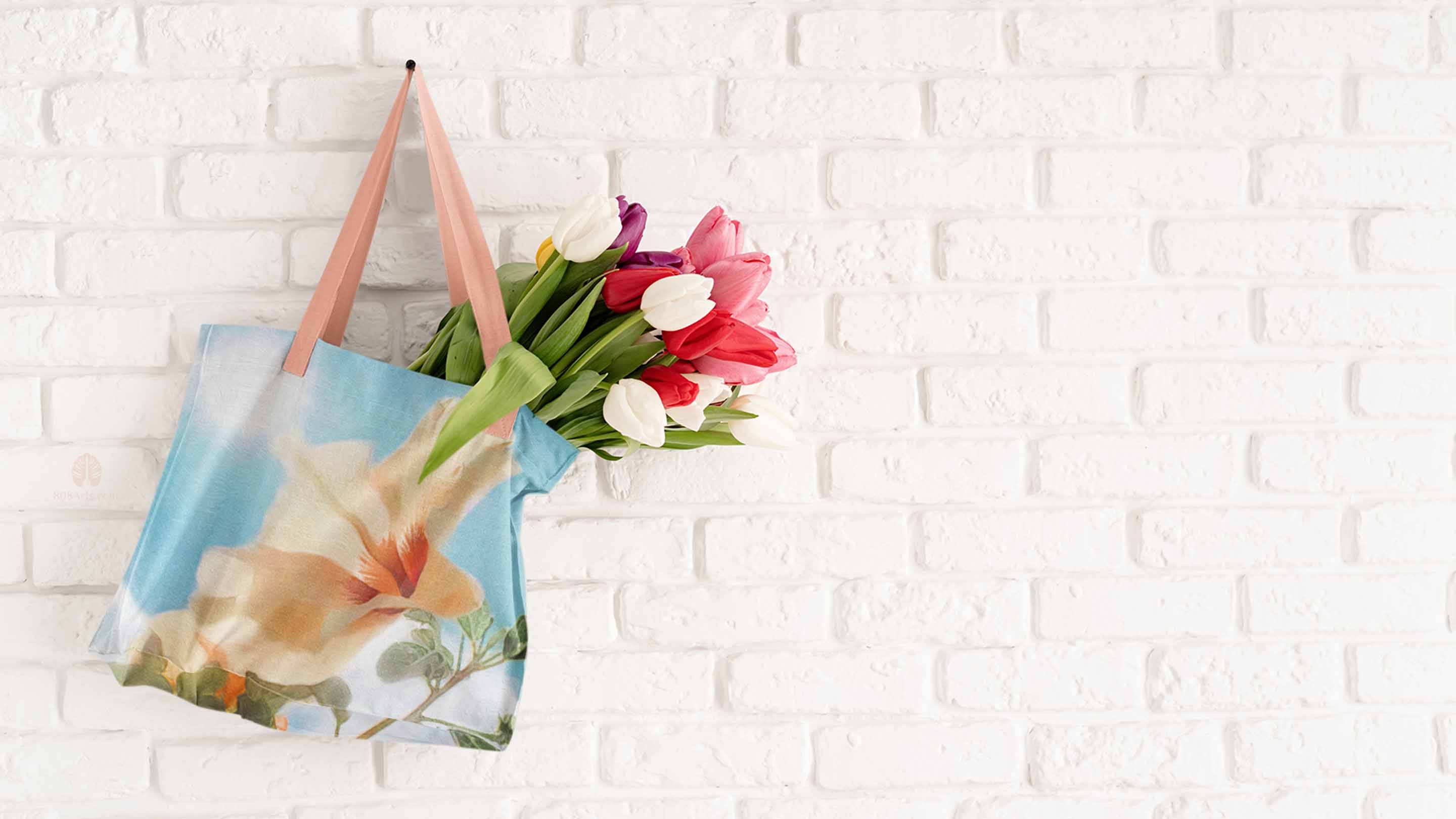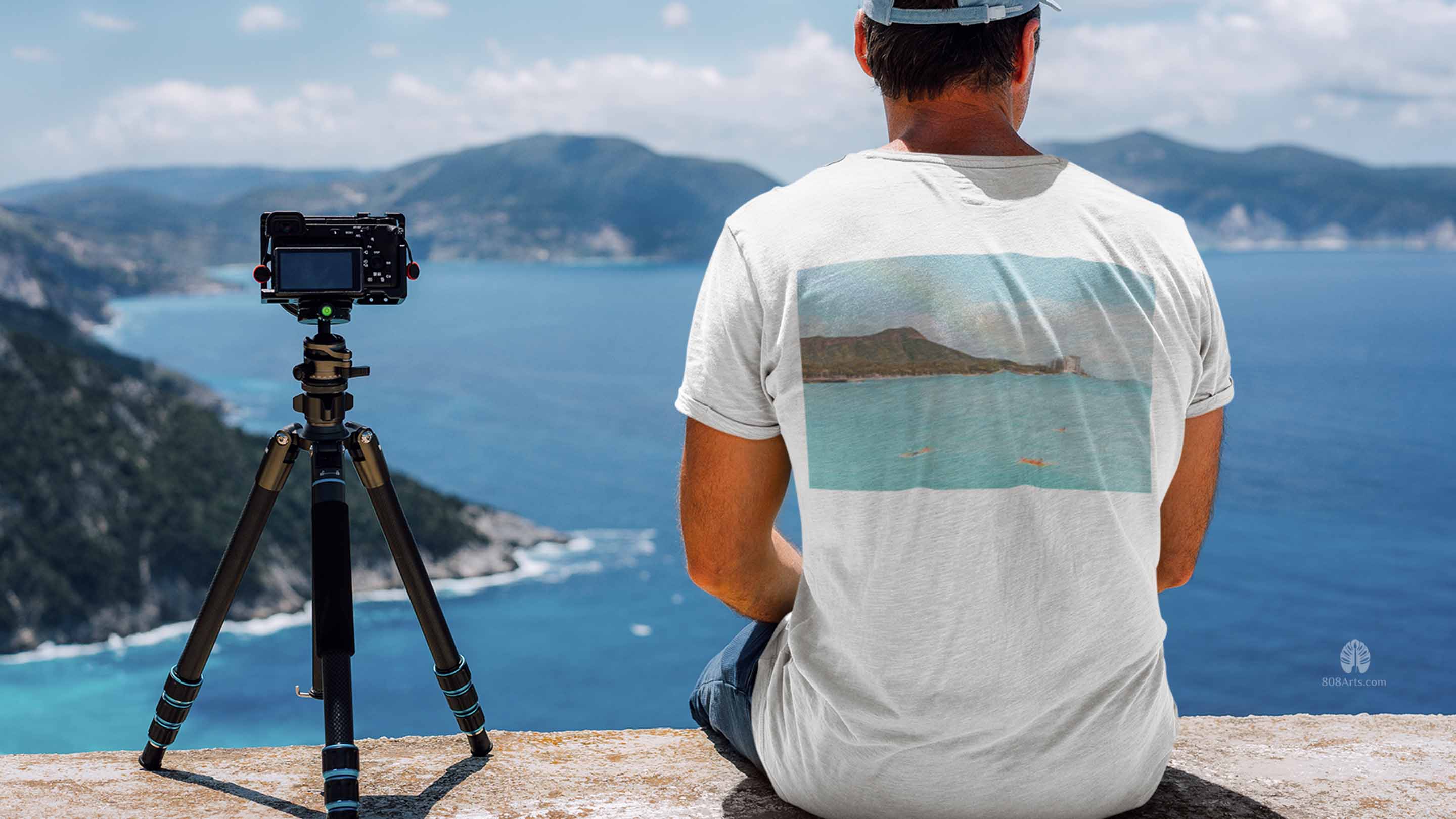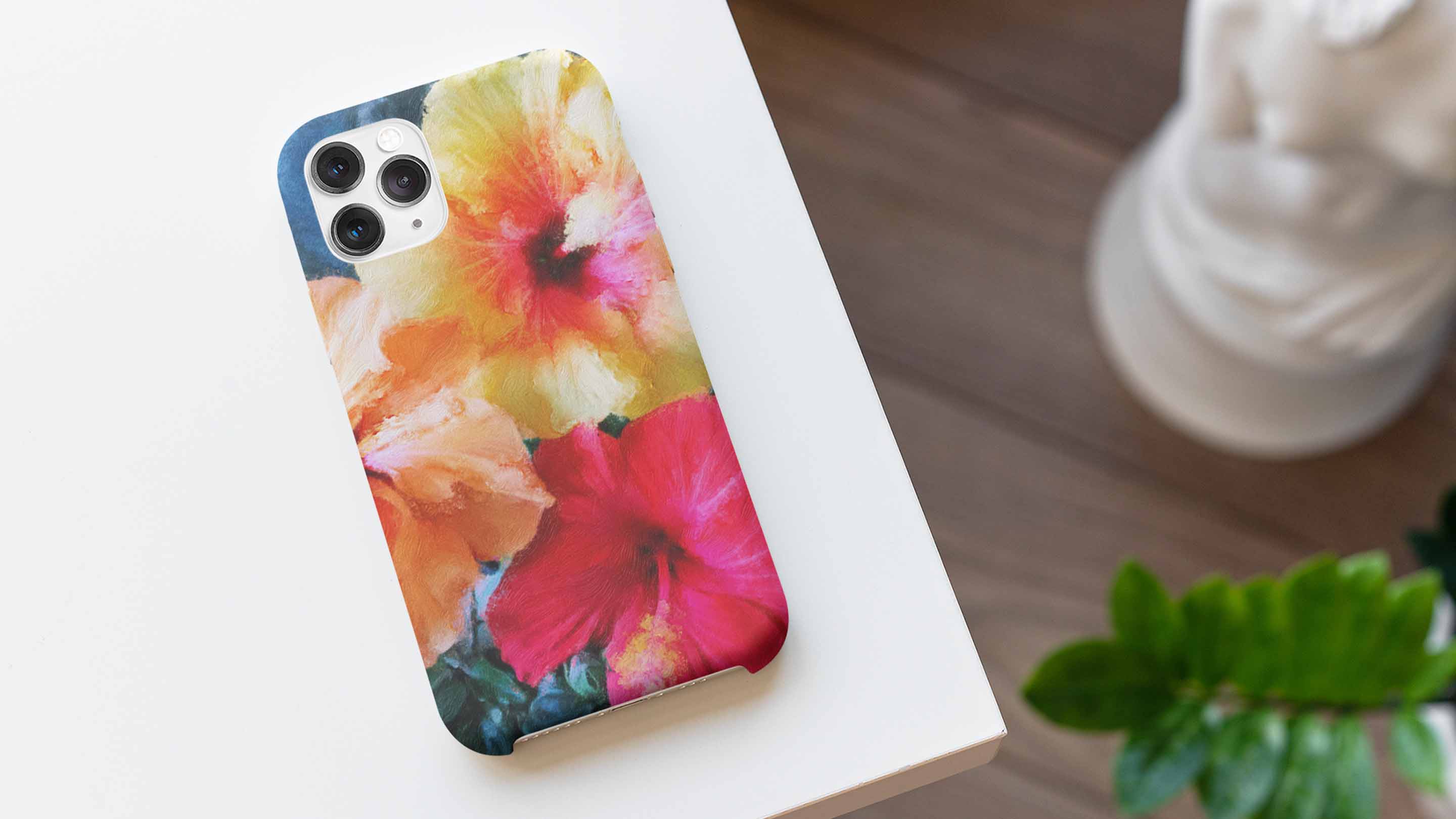Gyotaku Art: A Captivating Blend of Nature and Creativity
Welcome to the world of Gyotaku art, where the beauty of nature and the imagination of artists come together to create stunning prints. This unique form of fish art originated in Japan centuries ago and has evolved into a fascinating technique embraced by artists worldwide. In this blog post, we'll explore the history of gyotaku art, its modern-day applications, the captivating process of creating prints, the challenges it presents, and why it is undeniably a cool form of art.
The History of Gyotaku
What Is Gyotaku Art?
Step back in time to 19th-century Japan, where fishermen sought a way to record their impressive catches. Gyotaku, meaning "fish rubbing" in Japanese, emerged as a method to immortalize their catches. These prints were initially created by applying ink or paint directly onto the fish and then pressing paper onto its body. This process captured the intricate details of the fish, allowing fishermen to boast of their triumphs. Over time, Gyotaku transcended its practical origins and became recognized as a unique art form.
Modern Day Applications
In contemporary times, Gyotaku art has expanded its horizons beyond documenting fish. Artists have extended its scope to include a wide range of subjects, such as shells, plants, and even animals. This form of art offers a remarkable way to connect with the natural world, preserving its essence through detailed prints. Gyotaku has also found its way into scientific research and education, where it serves as a valuable tool for studying marine life and creating educational resources that engage and inspire.
The Art Of Creating Gyotaku Prints

What fish are used to create gyotaku art?
From their distinct shapes to unique scales and patterns, these fish provide artists with a diverse palette for creating stunning gyotaku art.
Pacific Salmon: Known for their remarkable migrations, Pacific salmon, such as Chinook, Coho, and Sockeye, make excellent subjects for Gyotaku prints. Their elongated bodies and well-defined scales offer artists the opportunity to showcase intricate textures. The vibrant hues and distinct patterns on their sides create visually striking prints that capture the essence of these iconic fish.
Tropical Reef Fish: Found in the vibrant coral reefs of tropical oceans, species like the clownfish, angelfish, and butterflyfish possess vivid colors and intricate markings. Their diverse shapes and vibrant scales make them popular choices for Gyotaku prints. Artists can capture the essence of the tropical underwater world, conveying the beauty and diversity of these stunning fish.
Flounder: With their unique flattened bodies and intricate patterns, flounders bring a touch of whimsy to Gyotaku prints. These masterful camouflagers offer artists the opportunity to showcase their artistic skills by capturing the intricate details of their skin and the distinctive arrangement of their eyes. Flounders are excellent subjects for exploring the challenging aspects of Gyotaku due to their asymmetrical nature.
Red Snapper: Red snappers are highly sought-after fish for both their culinary value and aesthetic appeal. These fish exhibit a striking combination of vibrant reds and pinks, along with intricate scales and sharp fins. Artists can create captivating prints that highlight the contrast between the bold colors and delicate textures of this popular species.
Koi Fish: Koi fish, originating from Japan, have become synonymous with beauty and grace. Their vibrant colors, flowing fins, and intricate patterns make them captivating subjects for Gyotaku prints. Artists can showcase the interplay of light and shadow on their scales, capturing the serenity and elegance of these beloved ornamental fish.
How is gyotaku art made?
Creating Gyotaku prints involves a careful and meticulous process that requires a delicate touch and artistic flair. Here is a glimpse into the process:
Preparing the subject: Whether it's a fish, shell, or plant, the subject is carefully cleaned and prepared to ensure the best possible print.
Ink or paint application: Ink or paint is applied to the subject using brushes, sponges, or even fingers. This step requires precision and attention to detail to capture the subject's unique features.
Placement and pressing: Once the subject is adequately coated, a sheet of paper or fabric is gently placed over it. With careful strokes, the artist presses the paper onto the subject, ensuring that every intricate detail is captured.
Revealing the print: Slowly lifting the paper reveals the masterpiece. The unique textures, scales, and patterns of the subject are now immortalized on the print.
While gyotaku art may seem simple enough at first, there are two challenging factors that all gyotaku artists must be aware of:
Time-sensitivity: The process of creating Gyotaku art must be done swiftly to capture the subject's details before it deteriorates. This time constraint requires artists to work efficiently and decisively.
Fragility: The delicate nature of Gyotaku art demands careful handling and preservation. Artists must take extra precautions to protect their creations and ensure their longevity.
What Makes Gyotaku Art Unique?
Gyotaku art has a captivating allure that sets it apart from other art forms. The combination of organic textures, intricate patterns, and vibrant colors found in Gyotaku prints creates a unique aesthetic that is both visually stunning and thought-provoking.
Gyotaku art provides a bridge between the natural world and artistic expression. It celebrates the beauty of the subjects and allows viewers to connect with nature in a tangible and artistic way.
By depicting familiar subjects in unexpected and captivating ways, gyotaku art prints often spark curiosity and conversation. Whether displayed in homes, galleries, or educational institutions, gyotaku art never fails to grab attention and ignite conversations about the wonders of the natural world.
As an art form, gyotaku prints are a way to honor the rich history and cultural roots of the practice. By embracing this ancient technique, artists contribute to the preservation and evolution of a unique art form, keeping it alive for future generations to appreciate and enjoy.
Is Gyotaku Art Sustainable?
Gyotaku art is undeniably cool and captivating, but what sets it apart goes beyond its aesthetic appeal.
Artists like Hawaii gyotaku artist Shane Hamamoto embrace sustainability by using non-toxic inks, allowing the fish used in prints to still be consumed and not wasted. By prioritizing safe and eco-friendly materials, Gyotaku artists promote responsible fishing practices and reduce waste.
The prints serve as a powerful visual reminder of the delicate balance of our aquatic ecosystems, encouraging viewers to cherish and protect the natural world. Through the intricate details captured in Gyotaku prints, a deeper connection with nature is fostered, inspiring individuals to make sustainable choices and contribute to the preservation of our oceans and their inhabitants.
Gyotaku art showcases the harmonious relationship between art and sustainability, reminding us that our creative expressions can coexist with responsible environmental stewardship.
Collecting Gyotaku Art
Gyotaku art is a remarkable fusion of history, sustainability, and conversation that makes it a perfect addition to any Hawaii art collection.
Rooted in ancient Japanese tradition, Gyotaku has evolved into a contemporary art form that celebrates the intricate details of marine life. Its use of non-toxic inks ensures that the fish used in prints can still be savored as a culinary delight, embodying a sustainable approach. Beyond its eco-consciousness, Gyotaku serves as a captivating conversation starter. The prints, with their vibrant colors, intricate textures, and connection to the natural world, spark curiosity and invite dialogue about our oceans and the importance of conservation.
In a Hawaii art collection, or any collection of fish paintings or fish art, gyotaku would shine, capturing the essence of the island's rich marine heritage and complementing other artworks that celebrate its wildlife and culture.
Gyotaku art is a remarkable fusion of nature and creativity that continues to captivate fishing enthusiasts, artists and collectors around the globe. From its humble origins as a means of documenting fish catches to its modern-day applications, gyotaku art has proven to be a versatile and visually striking form of artistic expression. The process of creating gyotaku prints, with its attention to detail and delicate touch, offers a rewarding challenge to artists. The unique aesthetic, ability to bridge nature and art, and power to spark conversations make gyotaku art an undeniably fascinating form of art.

